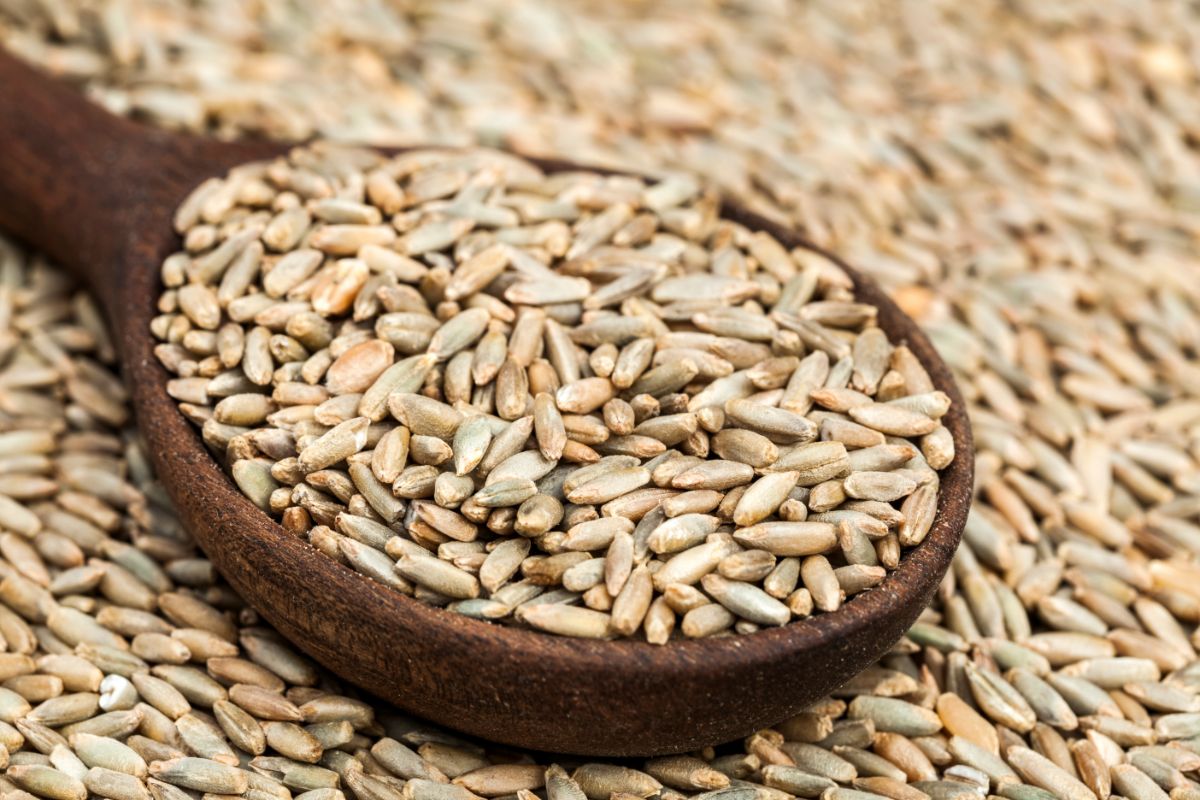Rye is one of those unsung ingredients everyones heard of but rarely notices. Sure, you expect your Reuben sandwich or patty melt to be served on rye toast, and if youre a craft beer or cocktail lover, youve probably seen or even tasted beers and whiskeys featuring rye. Unless your roots are in northern or eastern Europe, though, its unlikely that rye is the default bread choice in your home. Its even less likely that youve ever purchased a bag of rye flour yourself unless youre a serious home baker.
Despite its lack of buzz, however, rye has played a critical role in the worlds food cultures. While it initially grew unnoticed as a weed in ancient barley and wheat crops, farmers soon realized it was not only a dependable food source but easy to grow, even in places where other grains fail to thrive. This was both a blessing and a curse for the ryes reputation: While its hardiness and easy availability made it a staple grain in Russia, Poland, and other regions with harsh climates, it also gave rye a dowdy reputation as food for the poor. As a result, food snobs dismissed the hearty rye breads of these regions as unrefined and inferior to more delicate white wheat breads. This is not only classist but a clear case of comparing apples to oranges: Rye is delicious in its own right, and has an equally rich history to boot.

What exactly is pumpernickel?
Most of us recognize pumpernickel as a dark bread with rye in it but would be hard-pressed to describe exactly what sets it apart from other varieties of rye bread. Pumpernickel, it turns out, is both the name of the bread and its defining ingredient, a coarse, whole-grain rye flour or meal. In Germany, where pumpernickel originated, it is typically made without wheat flour, leavened with a sourdough starter, and baked at low heat, giving the bread a dark color and moist, dense texture. In the U.S., pumpernickel is often made with both wheat flour and regular rye flour and leavened with yeast, resulting in a lighter bread.
Several legends attempt to account for the name of the bread. One story attributes the name to Napoleon, who, upon tasting the bread in Germany, declared it was only good enough for his horse, Nicol (“Cest bon pour Nicol!”). However, historians have noted that the “good for Nicol” story had been documented years before Napoleons arrival and attributed to another disgruntled French diner. The actual history of the name, however, is even stranger. Pumpernickel comes from “pumpern,” the German word for fart, and Nickel, a German nickname for the devil — hence, devils farts. The dense bread earned its name from unhappy German soldiers in the Thirty Years War, who had to endure a diet of low-quality, hard-to-digest pumpernickel. While the quality and flavor of the bread improved over the years, the name stuck.
Infected rye was also thought to have triggered the Salem Witch Trials
Poisoning from ergot-infected rye is no joke. The symptoms — convulsions, spasms, hallucination, severe intestinal cramps, and worse — are not only frightening but potentially deadly. What made ergotism even more terrifying before the era of modern medicine was that no one understood what caused it, and severe outbreaks were common — in 1418, for example, over 50,000 people in Paris died within a single month from ergot poisoning.
All of this meant that people struggled to understand why those around them were contracting these mysterious symptoms as they sought to protect themselves from a similar fate. In 1692, in Salem, Massachusetts, two young girls experienced mysterious convulsions, and several other villagers began experiencing similar symptoms. The towns doctor reached what he felt was the most reasonable diagnosis: witchcraft. This sent the townspeople into a frenzy of witch-hunting, and by the middle of 1969, 25 people had been executed or imprisoned for witchcraft in the now-notorious Salem witch trials. Today, many scholars blame ergot, not witchcraft, for the erratic behaviors triggering the frenzy. The symptoms described among the “bewitched” were consistent with ergotism, and the hard winter and damp spring in 1691 — when the rye consumed at the time of the incidents would have been planted — were optimal conditions for the development of ergot.
The difference between rye, bourbon, and scotch
FAQ
What is difference between rye and wheat?
Is rye good or bad for you?
What is rye and what is it used for?
What part of rye do we eat?
